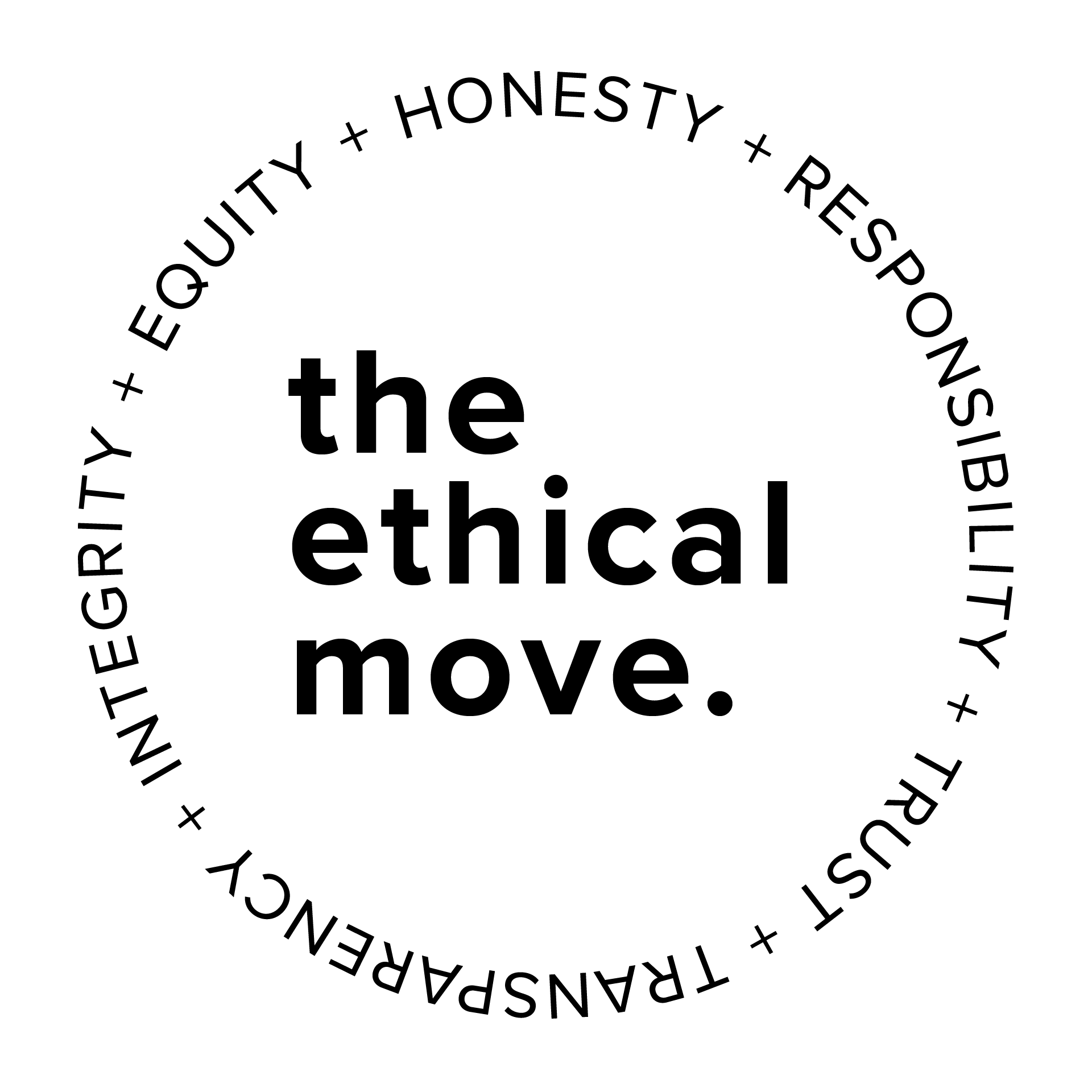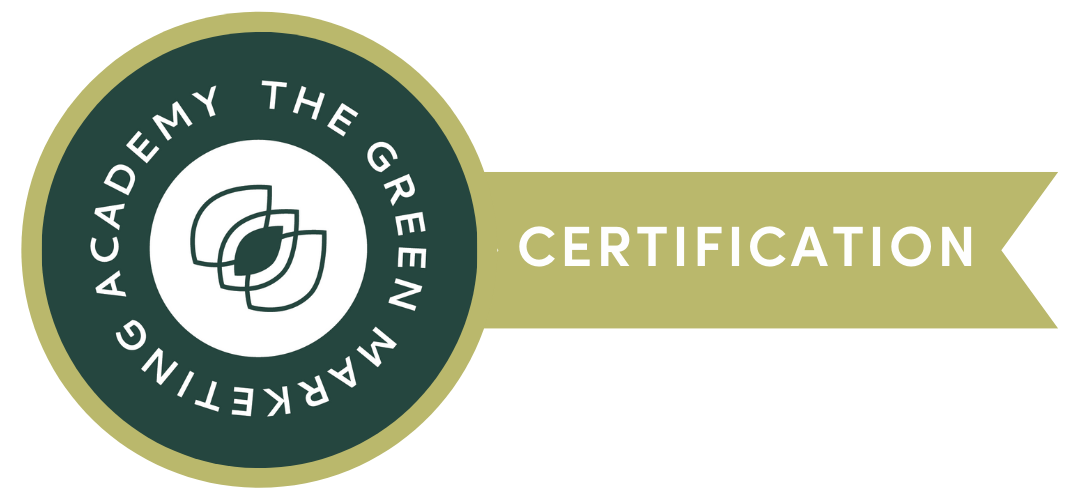How to find the right printer
Originally published on RLC Roots via Substack. Subscribe to be the first to see our newest posts.
Something I get asked a lot by clients is “how to find a printer?”
This is my guide to help you find the right one for you.
Finding the right printer is no small feat, but there are just a few things to consider to help you sort through your options. I’ll break them down one by one to help you think more deeply to feel confident in your printer selections.
Quick overview:
1. What do you need printed?
2. Your Budget
3. Quality
4. Deadline
5. Aligned values?
Please note that these are not in order of importance, all these variables impact one another and all play a role in helping you make the best decision for you. After reading through these guidelines, take a step back and narrow down the top two or three that you want to prioritize to help you make a final decision when searching for your next print partner.
1. What do you need printed?
Printers can help you create all sorts of marketing and promotional materials, so you can start by considering the variety of products that you might need (both now and in the future). Some examples include: wide format, custom packaging, apparel, stickers, postcards, stationary, etc.
In an ideal world, you find a great printer who offers all of these services, so you can keep working with them instead of having to do additional research every time you need to print something new. However, you’d be hard pressed to find a printer who does everything at the same level of expertise. If they are known for creating best-in-class posters, they can’t necessarily create the best embossed hat.
On another note, printers don’t offer all the same products, so you have to dive in to see what they can and cannot help you with.
ProTip: Do all your research at once and take notes about your top picks for different products that you would like to order in the future. Planning ahead can save you time and money.
2. What is your budget?
Just like any decision nowadays, you need to consider your budget and the price of the print services. If you don’t have one, you should probably start thinking about one for each print project as printing costs play a large role in the end costs for marketing and promotional materials. Don’t be afraid to crunch some numbers to see what is the best decision for you.
Anymore you can’t assume one place will be cheaper than another. Printers like Vistaprint who were known to be cheap have grown in popularity, so I’ve seen their prices rise to accommodate demand over the last few years. I think part of this is due to brand recognition as well, as they pushed hard to market themselves and now everyone seems to know who they are—yay for the power of branding and marketing.
Look at several options and compare the per piece prices (at the same quantities) to get the best idea of what a project will cost to print.
Maybe you spend a bit more and get something with special finishes to help you stand out from the crowd? Or maybe things are tight and you need to sacrifice print quality and put more time into the design to create more impact?
ProTip: Ask your printer where the price breaks are if you are shopping in store. If you’re searching online, you can see these by looking at the quantities and per piece price (this might not be listed, but you can find this by taking the total cost and dividing it by the number being printed).
This might help you decide how many to order if you don’t have a number in mind already.
Price breaks happen when the per unit cost goes down as you order more.
3. What quality are you searching for?
This might be impacted by your answers to the last section. If you’re working with a smaller budget, you might not be able to get the highest quality prints. Lucky for you, there is a huge range of printers with varying qualities, so you still have lots of great options to work with.
What quality of paper do you want? Do you want any special finishes (foil stamping, spot UV, die cutting, embossing, debossing etc.)? Does the printer have good reviews or can you go in to view samples before you print?
ProTip:
Ask your printer where the price breaks are if you are shopping in store. If you’re searching online, you can see these by looking at the quantities and per piece price (this might not be listed, but you can find this by taking the total cost and dividing it by the number being printed).
This might help you decide how many to order if you don’t have a number in mind already.
Price breaks happen when the per unit cost goes down as you order more.
Bonus Tip: If a printer does not set you up for success by providing print specifications anywhere on their website, it’s really hard to know what kind of quality will result. Print specifications act as a guide and tell you exactly what they need from you in your artwork to create the best possible outcome. If they are not thinking about all the little details, you might consider looking elsewhere.
4. What is your deadline?
Deadline is a big factor when selecting who you can print with. If you need something tomorrow and an online printer has a 3-5 day production time with a minimum of two day delivery, you are not going to be able to work with them.
This is especially important for printed products that are tied to specific events. Perhaps you are an illustrator and need some new art prints to sell at your upcoming market, or you might be a business owner printing fliers for your next workshop. You need to factor in production and shipping time to determine when you need to get final artwork to the printer, unless you want to pay a rush fee.
ProTip: Use these details to determine an artwork deadline for your designers (or yourself) and add at least a few days buffer from the delivery date for the unexpected. If you are designing yourself, check the printer’s website or ask for print their specifications, so you can ensure they can begin printing with no issues.
5. What are your core values, do they align?
When looking at all the printing options for your business, you should think about your business values. If you are a mission driven non-profit that focusses on beach clean-ups, you should probably work with a printer who doesn’t use plastic in their packaging materials and print services. See where I’m going with this one?
"86% of younger consumers (18-44) are willing to pay more for products in sustainable packaging.”
2022 Global Buying Green Report by Trivium Packaging
(full report here)
I wanted to include this as a reminder to look at the values that help drive your business forward and make a decision that aligns with who you are at the core. Is the printer paying their employees fair wages? Are they working in safe conditions? Do they care about their environmental impact? Do they use plastic packaging?
The list of questions could go on and on and is dependent on your values, so take some time to reflect before moving forward. These answers could also help you make a final decision when considering your top two or three selections.
ProTip: Check out their website and see if they list their business values anywhere (About page is a good place to start), do some of them align with your own?
Benefits of printing locally
Whenever I get asked about printing options, I always start by explaining the benefits of working with a local print partner:
- They may allow you to print smaller quantities (sometimes have no or low minimums)
- No shipping costs, as you can pick up in person (also lowers carbon emissions from transportation)
- Sometimes you can get it within 24-48hrs
- If they can’t print what you need, they might be able to direct you to someone else who can or they might be able to outsource.
- Less packaging waste!
- Support your community and fellow business owner
Perhaps the biggest benefit is that the people who work there can give you recommendations on paper stocks and answer any questions that you have before working together.
I might be a little biased since I used to work at a small print shop, but forming a good working relationship with your printer makes printing more enjoyable for all involved.
Final Thoughts
I encourage you to start thinking of your printer like a business partner, they can provide valuable insight into the printing process and can help guide you to create better products for your business as you grow. If you find one that communicates well and does great quality work that also fits your budget, hang onto them for as long as you can.
If you have more questions about print or packaging, don't hesitate to send me an email or schedule a connection chat—I'd love to point you to some of my favorite resources and point you in the right direction.














